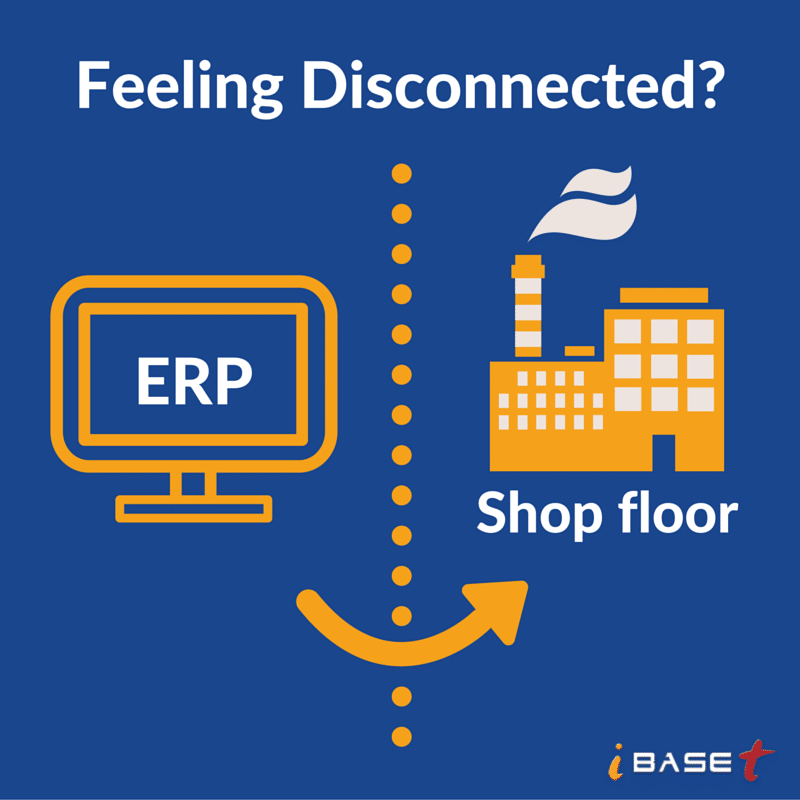 Let’s set the stage for an all too common journey through a complex manufacturing project. Your Bill of Materials (BOM) and process plans are fully developed, and now your team of experts is able to get to work and bring your design to life. Unfortunately, as your project grows, so does the amount of paperwork necessary to get the job done and ensure quality and compliance. This means each moment something goes wrong during an audit or inspection, the paperwork supposed to help production starts slowing you down instead. Sound familiar?
Let’s set the stage for an all too common journey through a complex manufacturing project. Your Bill of Materials (BOM) and process plans are fully developed, and now your team of experts is able to get to work and bring your design to life. Unfortunately, as your project grows, so does the amount of paperwork necessary to get the job done and ensure quality and compliance. This means each moment something goes wrong during an audit or inspection, the paperwork supposed to help production starts slowing you down instead. Sound familiar?
Often, this type of situation occurs after organizations invest a considerable amount of time, effort and money in an ERP (Enterprise Resource Planning) software package with the idea it could streamline processes and information across the entire organization. However, even after ERP software is implemented, the issue of managing the multitude of interactions that now occur on the modern shop floor is still left untouched. The truth is ERP systems, while important, are not enough to provide a truly seamless process – especially within complex manufacturing industries (i.e. Aerospace & Defense, Medical Device, Nuclear, and Industrial Equipment).
ERPs Can’t Close the Loop without a Manufacturing Execution System (MES)
Since ERP systems provide accounting, electronic routings, and manage inventory, they still communicate to the manufacturing shop floor with paper-based work instructions and processes. And by creating processes that rely solely on an ERP system, data sharing between departments will be manual and introduce an array of errors, bottlenecks and delays. ERP systems also invite miscommunication with the shop floor when interpreting engineering designs. Design engineers do everything in 3-D now, but on the shop floor we still see a lot of 2-D drawings, where engineers try to turn 3-D content into 2-D content for downstream processes.
Implementing an out-of-the-box MES solution that integrates with your existing ERP system will provide you the freedom to input, organize, manage, and execute process plans and engineering changes in real-time. Innovative manufacturers have established Lean strategies by integrating their ERP system with their Manufacturing Execution System (MES). With timely product delivery and quality as a hallmark of success, this type of direct integration can shave days, even weeks from an engineering change cycle. The solution to streamline product delivery cycles, eliminate redundant manual processes, and pinpoint quality issues before they become too costly is to implement a Manufacturing Execution System.
Enhancement is Needed – Your Customers Demand it
The drive for innovation is what’s driving companies towards better processes between engineering and the shop floor. With the number of new products, configurations, variants, and ever-increasing production rates, companies are now moving from “cost-cutting” to growth strategies. These growth strategies are critical because they enable companies to do more with less-fewer errors with fewer experienced personnel – and often involve the implementation of an MES solution.
Choosing the right MES integration for your project guarantees cost savings, reduced labor hours, and the ability to track your project from inception through unit maintenance, repair, and overhaul. An MES implementation is the key to a closed-loop digital thread, ensuring the stream of information passed from design, manufacturing, and ERP is always accessible.
Download our latest eBook to find out more about how an MES solution works to enable the Digital Thread by unifying design, Manufacturing and ERP.